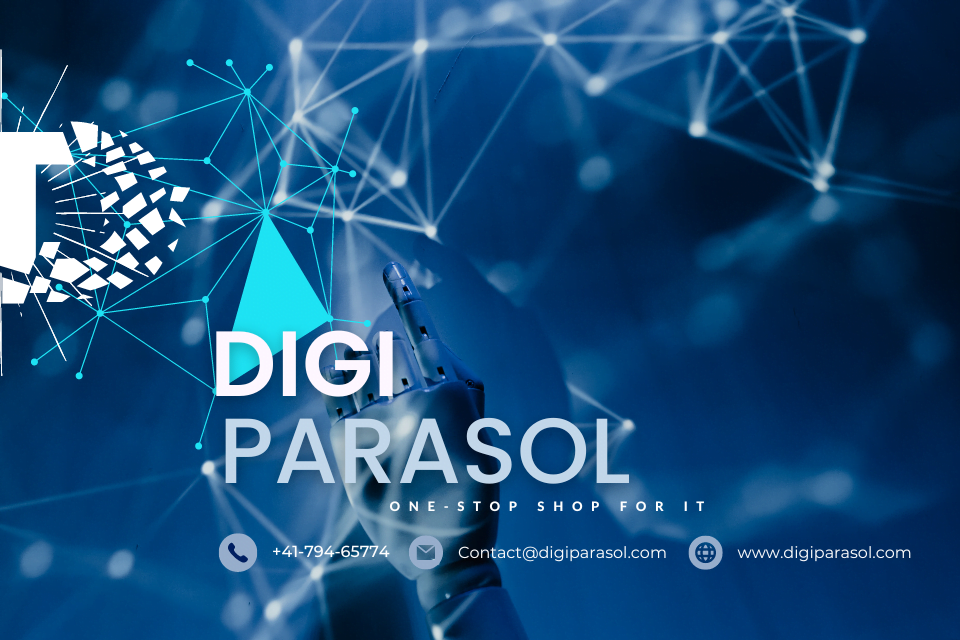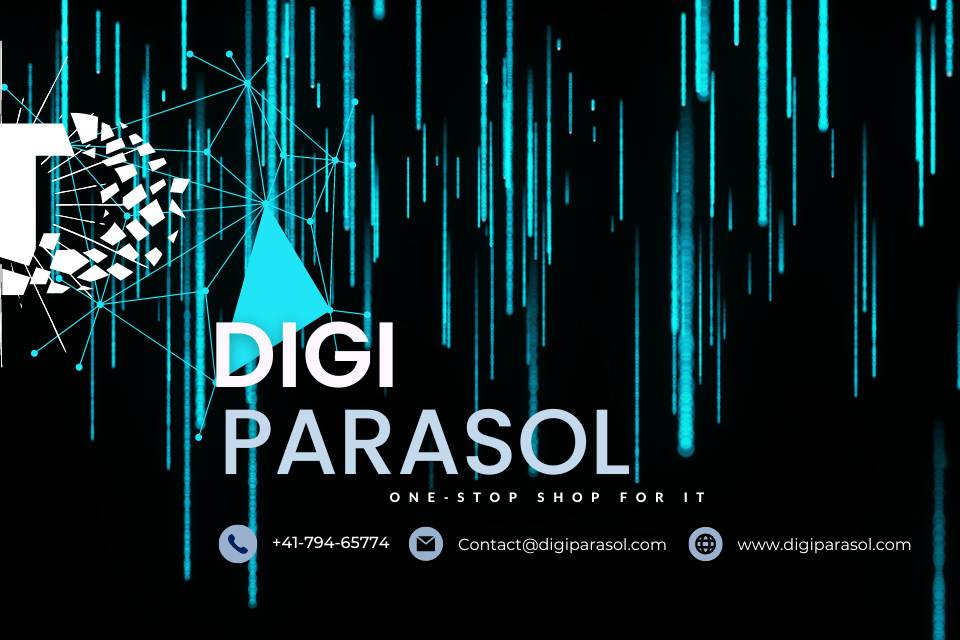In today’s fast-paced world, effective communication is more important than ever. Whether you’re trying to land a job, climb the corporate ladder, or simply foster better relationships with your colleagues, mastering the art of active listening is crucial. Active listening is a key communication skill that involves fully engaging with the speaker, showing empathy, and demonstrating understanding. In this blog post, we’ll explore the benefits of active listening in the workplace, provide tips on getting started, and discuss the essential equipment needed to succeed.
Benefits of Active Listening in the Workplace
1. Improved Relationships: Active listening can help build trust and foster better relationships with colleagues. By fully engaging with the speaker and demonstrating understanding, you show others that you value their input and respect their perspective.
2. Enhanced Teamwork: Active listening can also improve teamwork and collaboration in the workplace. By truly listening to your colleagues, you can better understand their ideas, perspectives, and concerns, leading to more effective problem-solving and decision-making.
3. Increased Productivity: Active listening can lead to increased productivity in the workplace. By fully engaging with the speaker and asking clarifying questions, you can ensure that you have a clear understanding of tasks and expectations, leading to better performance and results.
4. Conflict Resolution: Active listening is a key tool for resolving conflicts in the workplace. By listening to all sides of a disagreement and showing empathy towards others’ perspectives, you can help find common ground and reach a mutually beneficial solution.
Getting Started with Active Listening
1. Focus on the Speaker: To practice active listening, it’s important to focus on the speaker and avoid distractions. Put away your phone, close your laptop, and maintain eye contact with the speaker to show that you are fully engaged.
2. Show Empathy: Show empathy towards the speaker by acknowledging their emotions and demonstrating understanding. Use phrases like “I can see why you feel that way” or “That must have been difficult for you” to show that you care about their perspective.
3. Ask Clarifying Questions: To ensure that you have a clear understanding of what the speaker is saying, ask clarifying questions. This shows that you are actively listening and want to make sure you have a complete understanding of the topic at hand.
Essential Equipment for Active Listening
1. A Quiet Environment: To truly engage in active listening, it’s important to have a quiet environment free of distractions. Find a quiet space where you can focus on the speaker without interruptions.
2. Note-taking Tools: To help you remember key points and demonstrate understanding, it can be helpful to take notes during conversations. Use a notebook or a digital note-taking app to jot down important information.
3. A Positive Attitude: Active listening requires a positive attitude and a genuine interest in the speaker’s perspective. Approach conversations with an open mind and a willingness to learn from others.
In conclusion, active listening is a crucial communication skill that can lead to numerous benefits in the workplace. By fully engaging with the speaker, showing empathy, and asking clarifying questions, you can build better relationships, improve teamwork, increase productivity, and resolve conflicts more effectively. With the right mindset and essential equipment, you can start practicing active listening today and reap the rewards in your professional life.


